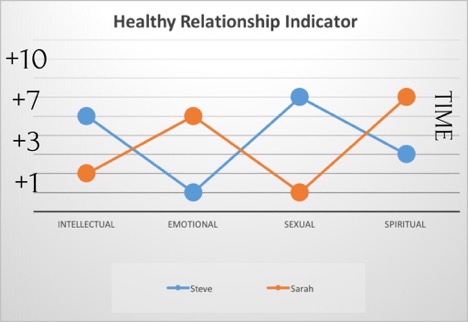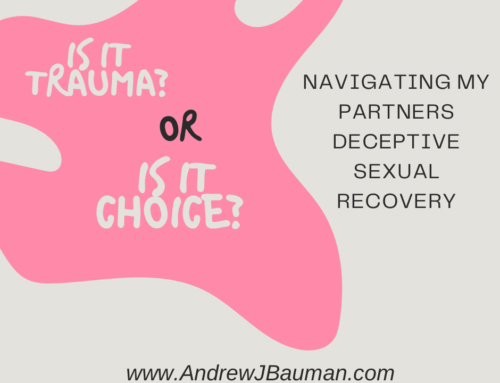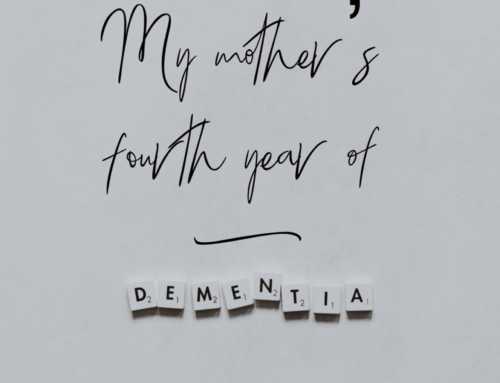©Andrew Bauman 2017 all rights reserved
Above is what I call the healthy relationship indicator. It can be used as a measurement tool for therapists to measure couple’s relational connectivity in a variety of places of intimacy. It can also be used to self rate to see where you and your partner are in your levels of relational connection, where you still need work, and where you are currently strong. This tool can be used to increase levels of communication and mature dialogue to help strengthen relationships.
On the bottom of the graph are 4 common ways we connect. These are by no means the totality of how we relationally connect, just common and generalized themes to help locate where relationships can continue to grow in intimacy. To effectively use this for your own relationship, friends and/or for clients/patients you are working with towards growing their relational intimacy, all parties must be working with the same definitions of terms.
Define your terms of connection:
What does it mean for you and your partner to connect intellectually? What books are you reading and discussing? What about the latest inspiring TED talk you watched? How are you and your partner engaging your minds together? What about your emotional connectivity? How do you both offer your vulnerabilities? How do you surrender control and power for the sake of being known? Do each of you speak of your feelings? Feelings are normally one word. I feel sad, I feel happy, I feel stressed, I feel lonely. Using what we feel as guideposts for connection with our partner. It is important to note that emotional connection does not mean emotional co-dependence and/or emotional enmeshment. Emotional connection is about want and desire, not need and dependency. It is also vital for you both to define sexual connection. Sexual connection is not just about frequency of sex, although that does factor into it, as many times there is a correlation between frequency and connection. But sexual connection is much more about the intimacy and connection of the sexual encounters, not just the intercourse or orgasm. Many times one partner will think they are very sexually connected to their partner while the other is feeling completely alone and unfulfilled in their sexuality. Do you hold eye connect while you have sex? Do you go slowly? Do you touch, massage, caress your partner’s body? Do you cuddle naked without intercourse? Can you be present with each other sexually without the pressure to always climax and orgasm? To be healthy sexually it means to be fully with the other, not doing to the other.
The last area of connection is that of spiritual intimacy. Do you connect deeply over your spirituality; e.g. prayer life or other spiritual disciplines, spiritual longings and practices? How do you and your partner connect spirituality? This is a place that many couples either completely ignore or completely indulge, forgetting that there is a balance needed with all the other forms of connectivity.
How to Use the Measurement Tool?
The above measurement tool is plotted for clients Steve & Sarah. They individually (apart from each other) mark where they think their connection is in the listed category. How intellectually connected do you feel towards your partner? How emotionally connected are you to your partner? What level are you sexually connected? Spiritually connected? Then draw a line to the connected dots. A healthy relationship should look closer to a straight line, where as a relationship of concern would be one that is more mountainous, with sharp highs and lows.
Over time healthy relationships grow with intimacy and intensity, rather than sharp spikes with not much time to develop or grow connection over time. (Please refer to the essay on Pornographic Style of Relating if you want to know more about a healthy style of relating.)






